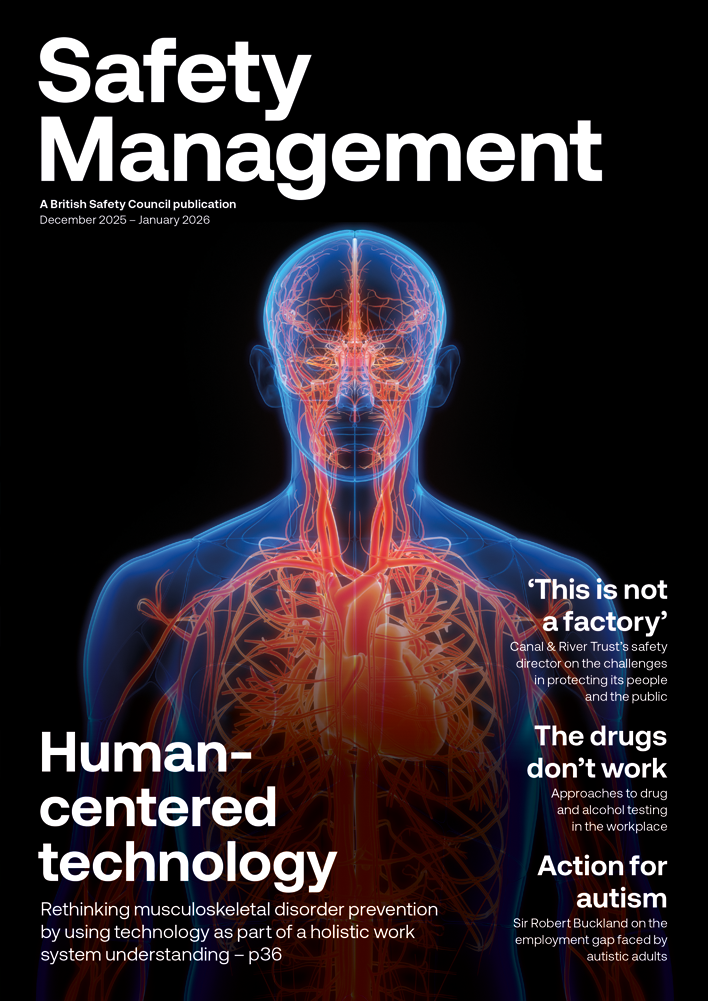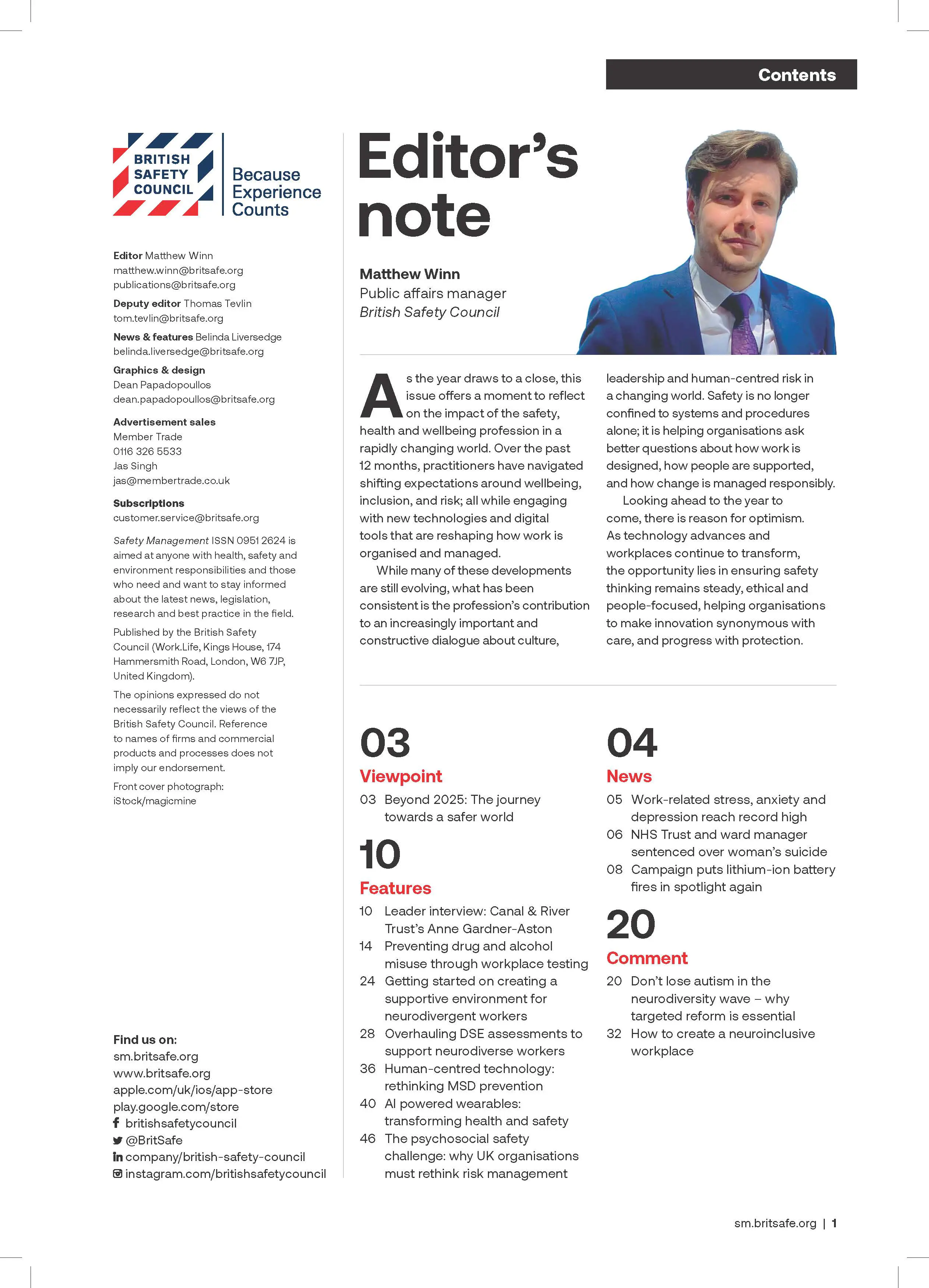While inexpensive precautions for preventing slips, trips and falls have a part to play in any day-to-day risk management system, more expensive options, such as replacing damaged floor coverings, are often the most effective long-term measure for minimising the danger to staff and visitors.
Features
How can we reduce stubbornly high rates of slips, trips and falls?
At a time where the safety and wellbeing of all building users is paramount, facilities managers and health and safety professionals bear a profound responsibility to uphold the highest possible standards. As we navigate through a landscape of developing legislation, the imperative for vigilance in safeguarding occupants, employees, contractors and visitors has never been greater.
 Photograph: iStock/baranozdemir
Photograph: iStock/baranozdemir
With this in mind, earlier this year William Martin reviewed the 20,000 risk assessment and survey reports that our occupational safety and health consultants had produced for clients between April 2023 and March 2024. We used this data – which was held in Meridian, our health and safety risk management platform – to identify key industry trends that we thought would interest property compliance professionals. Details were published in our first annual property compliance report.
One of the key statistics we identified was that 10 per cent of all health and safety actions related to preventing slips, trips and falls. Of these, 32 per cent happened on surfaces that were on the same level.
While these types of incidents are certainly less likely than a fall from height to cause serious injuries or fatalities, they can often lead to employees needing significant time off work, not to mention potential compensation claims if someone feels the employer (or another dutyholder, such as those in charge of a public premises) has been negligent.
According to AXA UK, slips alone result in health and safety claims totalling £80 million a year – and as they are just one of many employers’ liability insurance firms, the total cost for the UK as a whole is likely to run into billions.
The average age of the UK workforce is also increasing, which RoSPA (Royal Society for the Prevention of Accidents) has identified as a potential issue for employers when it comes to the incidence of slips, trips and falls.
Impossible to eradicate
Due to human nature, completely eradicating the occurrence of these incidents is impossible. People don’t walk around constantly checking for things to avoid tripping over or slipping on – from time-to-time, we will all misstep or lose concentration. What facilities managers and health and safety professionals can do, however, is make sure there are no obvious and avoidable hazards that make these incidents more likely to happen.
Easily preventable hazards that cause slips, trips and falls include poor lighting, boxes or containers being left lying in places they shouldn’t, loose mats or rugs, spillages, surfaces that are in disrepair, or changes in floor height. Going back to the fundamentals of risk assessment, I’d like to see a move towards a culture where we don’t just warn people about these hazards – we get rid of them.
 Phil Jones is managing director at William Martin. Photograph: William Martin
Phil Jones is managing director at William Martin. Photograph: William Martin
While there is definitely a place for painting a line on a step to make it more visible, or putting up signage to warn of a puddle on the floor, this doesn’t address the root of the problem. While warning signs are often the most simple and cost-effective ways of reducing accidents, they are essentially just papering over the cracks. If there’s an opportunity for prevention rather than cure, it should be taken.
Don’t forget that the law requires employers to take ‘all reasonable precautions’ to protect their employees and others who could be at risk of injury on their site, such as external contractors and visiting members of the public. So, if a business wants to maximise health and safety measures through tangible action, they should be considering levelling that uneven surface that people keep tripping over, removing those unnecessary edges and steps or replacing worn-out floor coverings. It may be more expensive at the outset, but it’s unlikely to be more costly than a compensation claim when someone has an accident.
Top tips for preventing slips, trips and falls
Here are some simple and inexpensive ways to immediately reduce the likelihood of slips, trips and falls in your building:
- Provide umbrella bags at your entrances, to stop rainwater from dripping onto the floor and causing a slip hazard on wet days
- Walk round the building and ensure all circulation areas are free of clutter and trailing cables from fixed and portable electrical equipment
- Secure any loose carpets, mats and rugs that don’t lay flat with tape or tacks
- Ensure any light bulbs that have blown or stopped working are replaced immediately
- Avoid or minimise the use of substances that regularly cause slip hazards, such as oils and liquids
- Implement training for staff and contractors on the fundamentals of identifying slip, trip and fall hazards, including details of how these should be reported.
Some other methods of prevention, such as replacing floor coverings, levelling steps or investing in slip-proof footwear, may take a little more time or money – but being open to investing in long-term solutions is key to making your facilities as safe as possible. This, along with regularly reviewing your building for hazards, should lead to a lowered accident rate.
Phil Jones is managing director at William Martin.
For more information see:
FEATURES
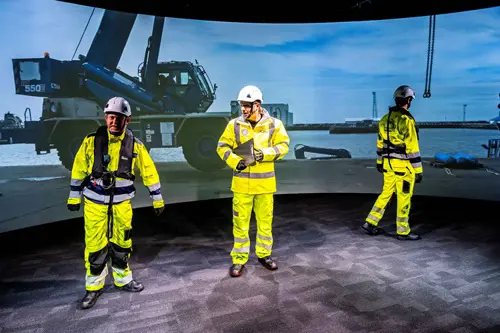
Underpinning safety training with neuroscience for long lasting impact
By SSE Active Training Team (ATT) on 30 November 2025
A behavioural safety training programme developed by Active Training Team for energy provider SSE has been carefully designed with neuroscientific principles in mind – resulting in a prestigious industry award for Best Training Initiative in 2024.
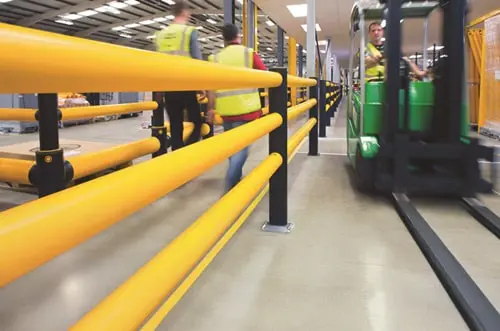
Why a painted line will never be enough
By UK Material Handling Association (UKMHA) on 20 November 2025
Businesses that operate material handling equipment like forklifts are being urged to submit accident and near miss details to a new confidential reporting portal so the industry can identify what needs to be done to improve safety standards.
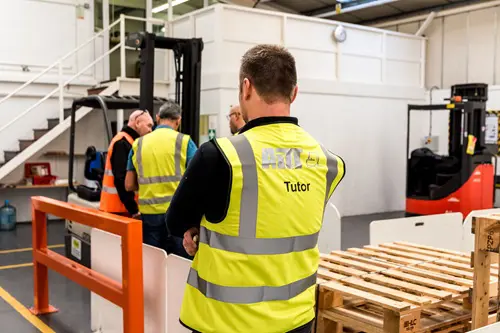
Why workplace transport training is changing in 2026 and what it means for employers
By AITT on 26 November 2025
New workplace transport training categories due in January mean it is essential to ensure operators of material handling equipment have the necessary training for the exact type of machine they use, and accredited training providers are an ideal source of advice and conversion training.


